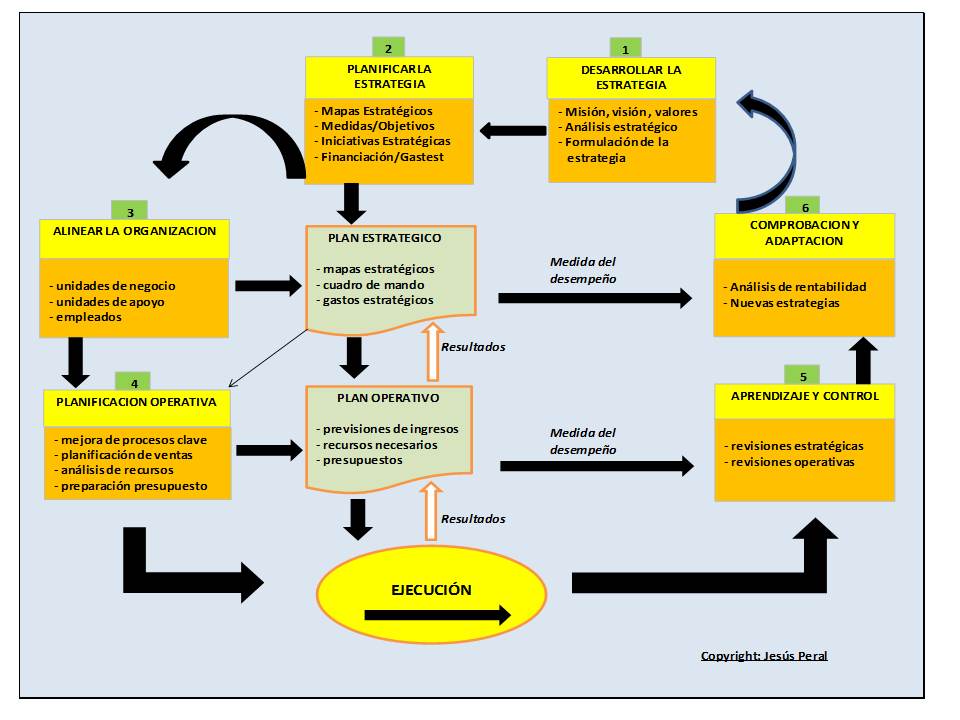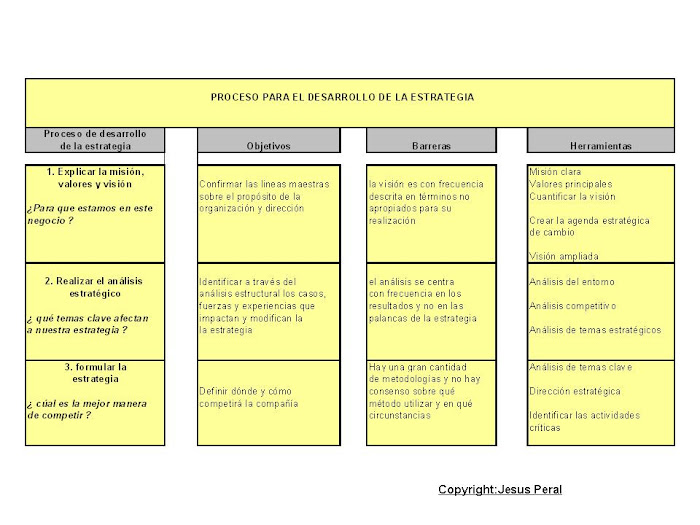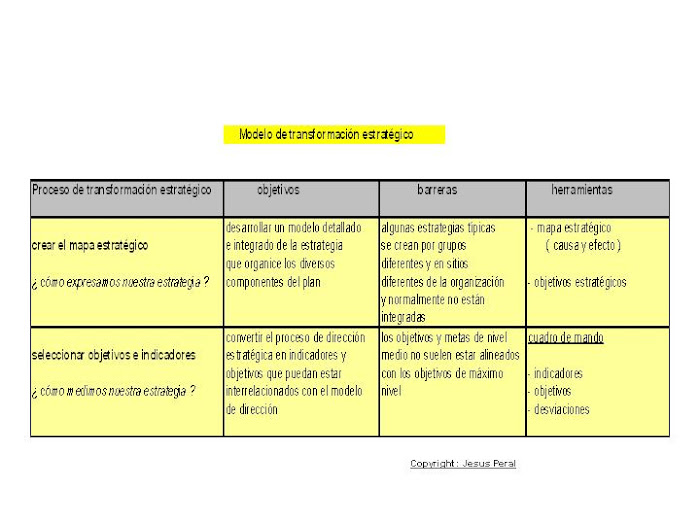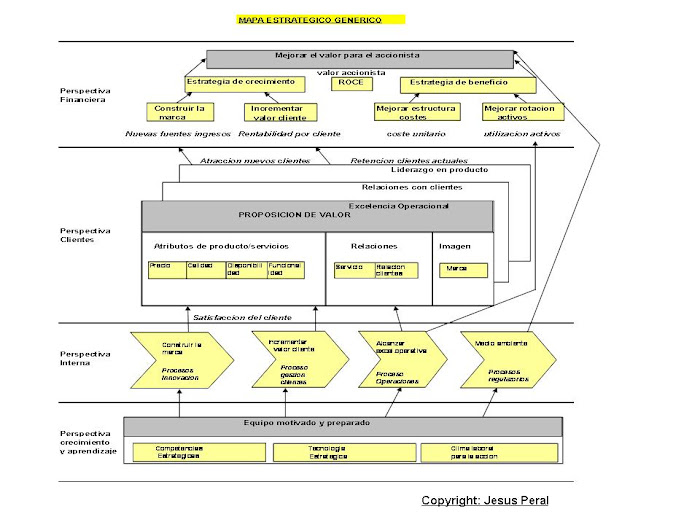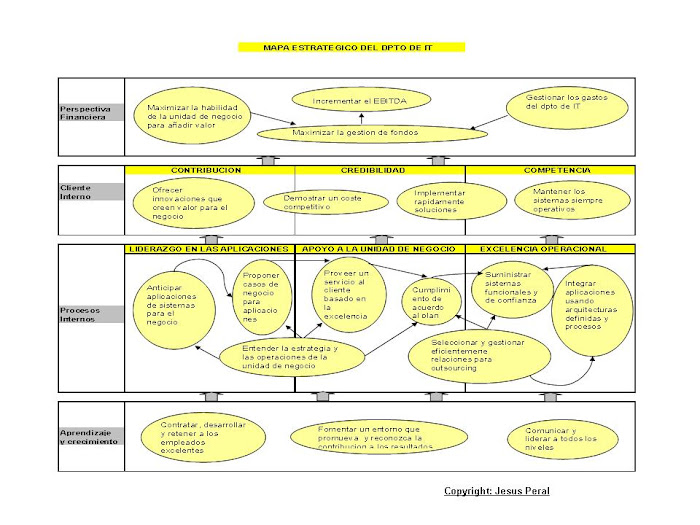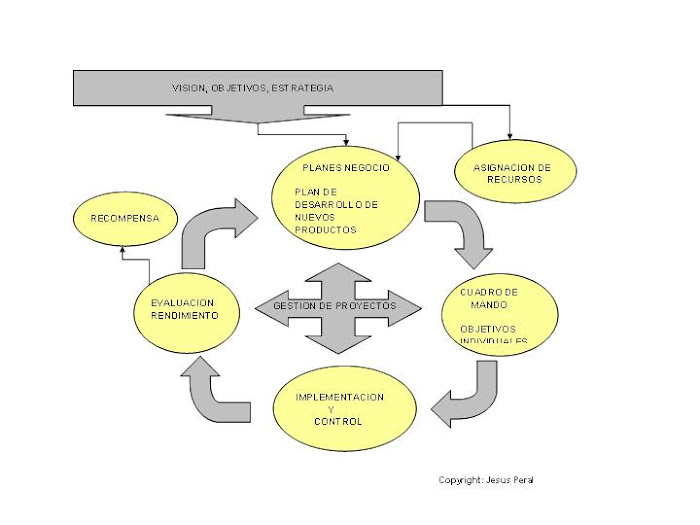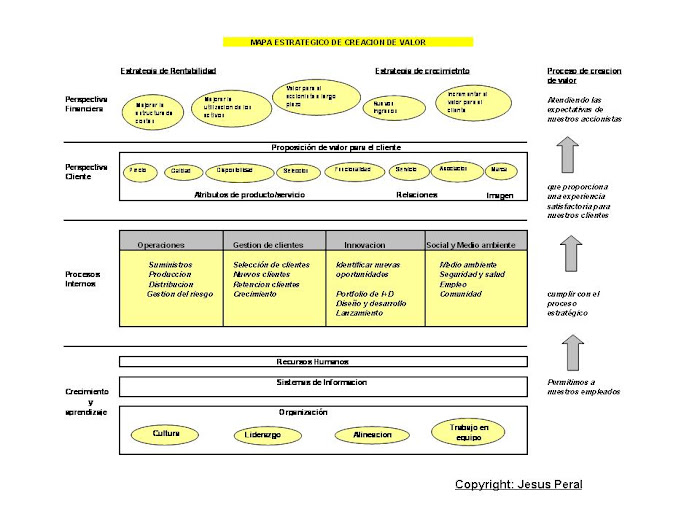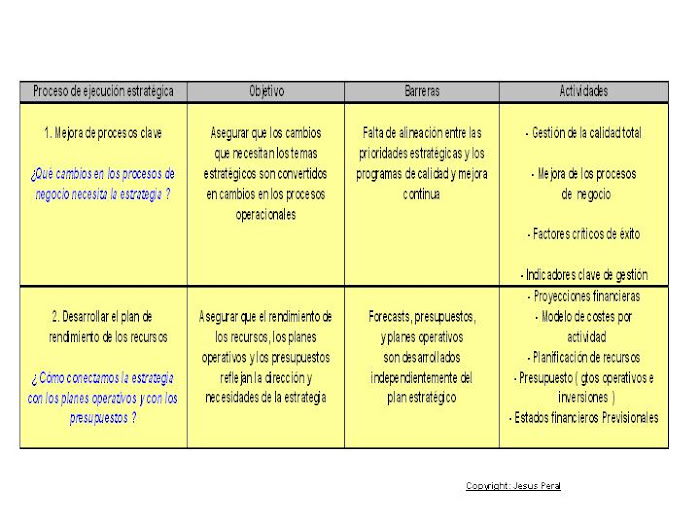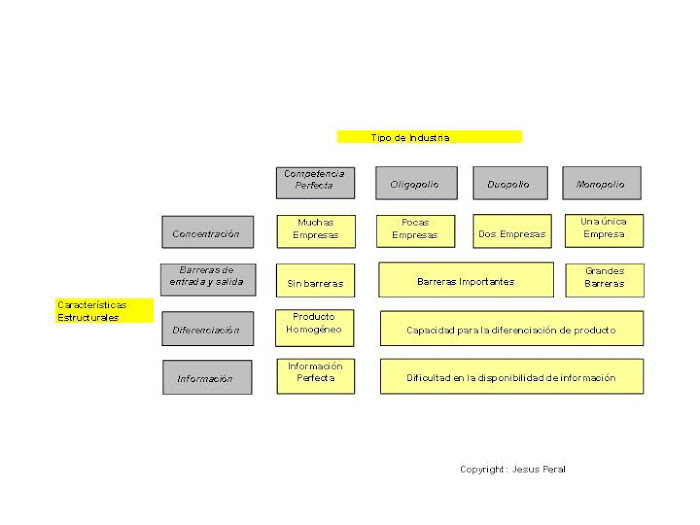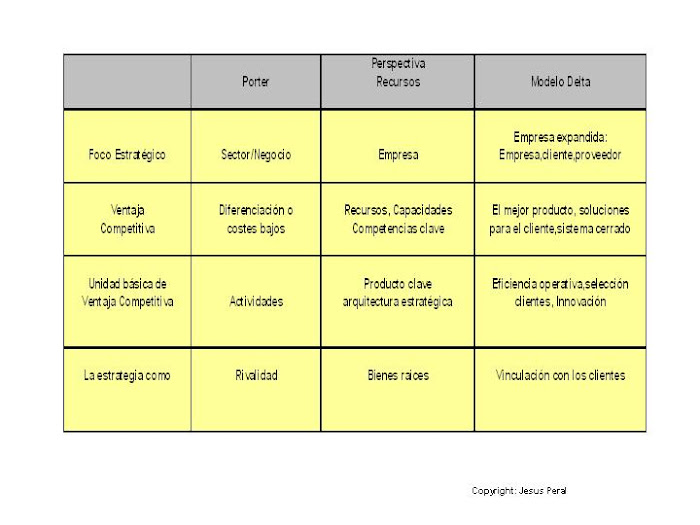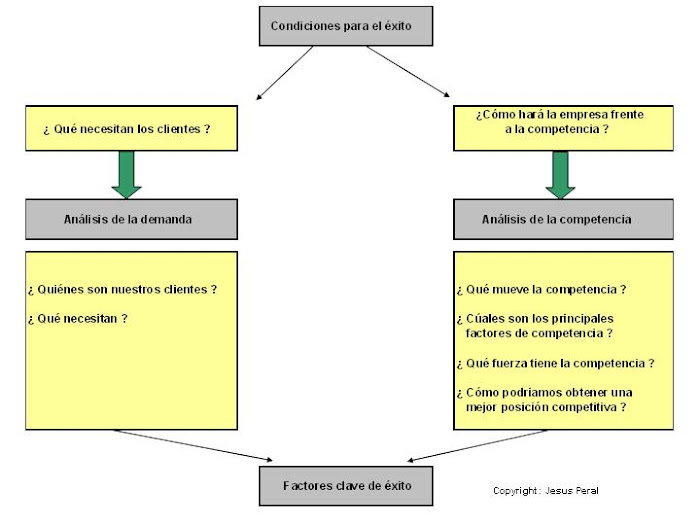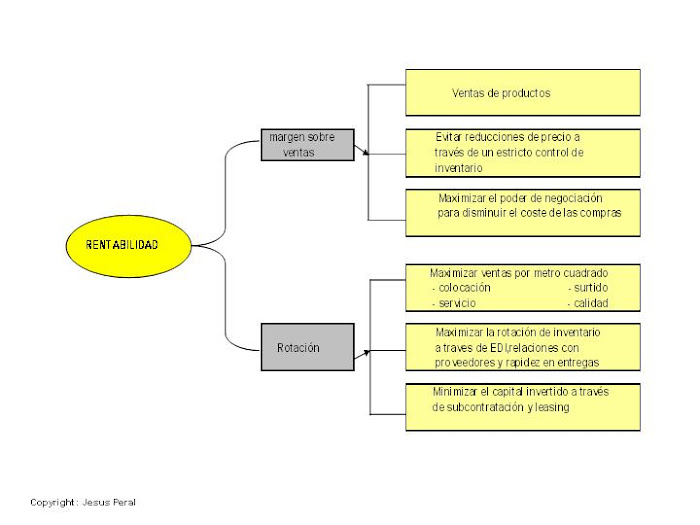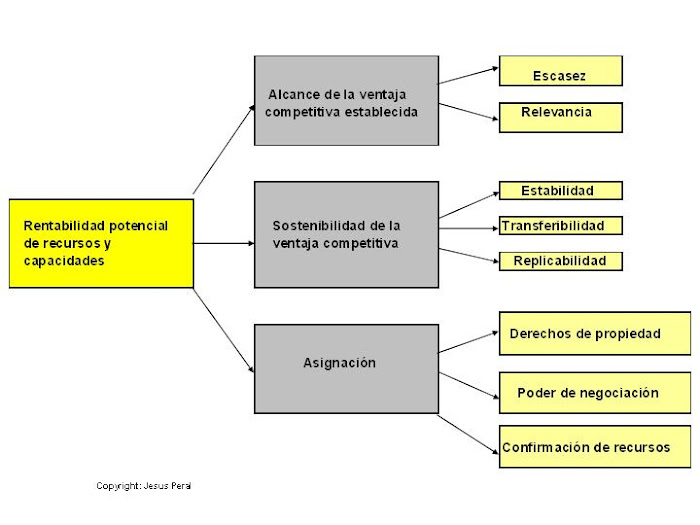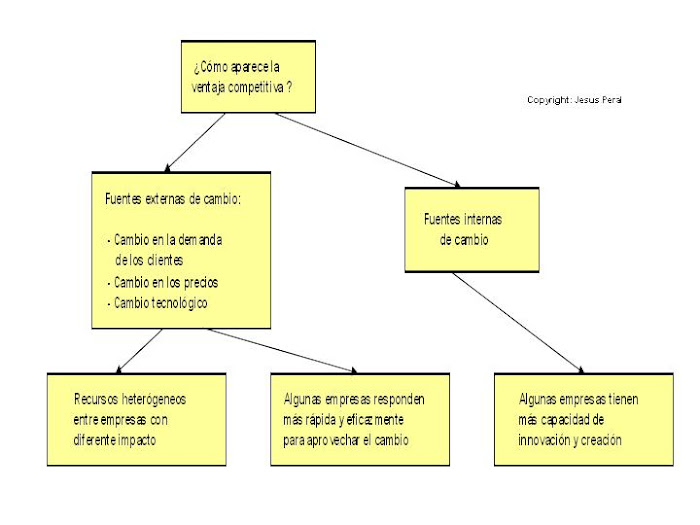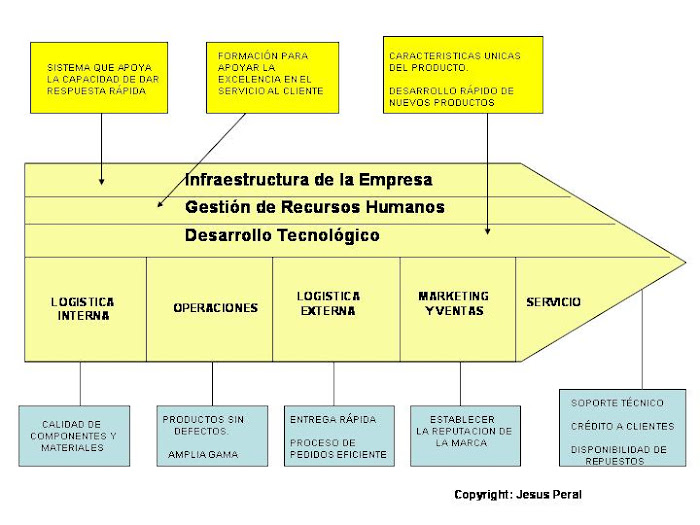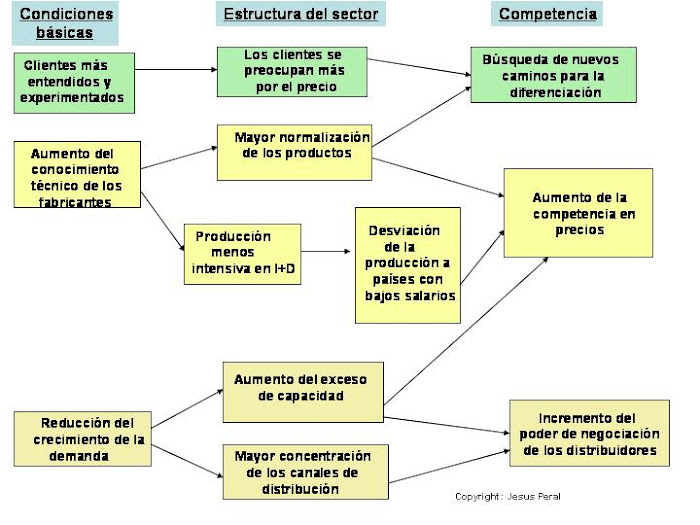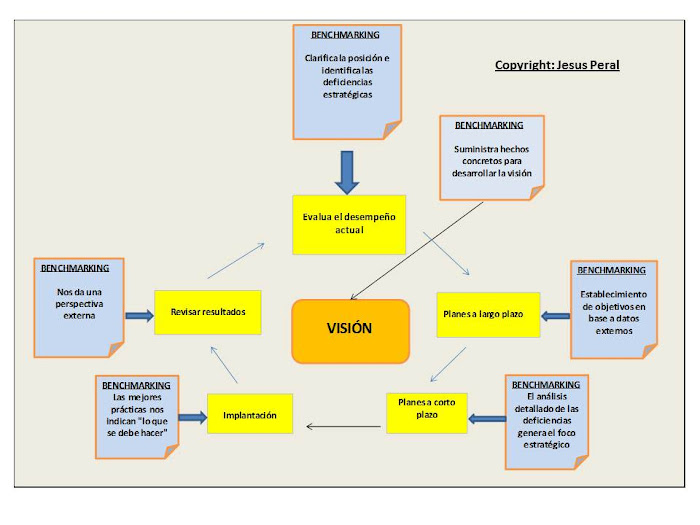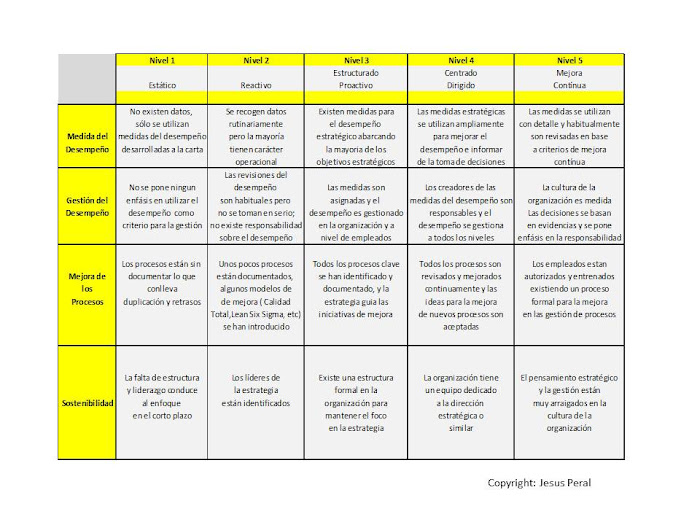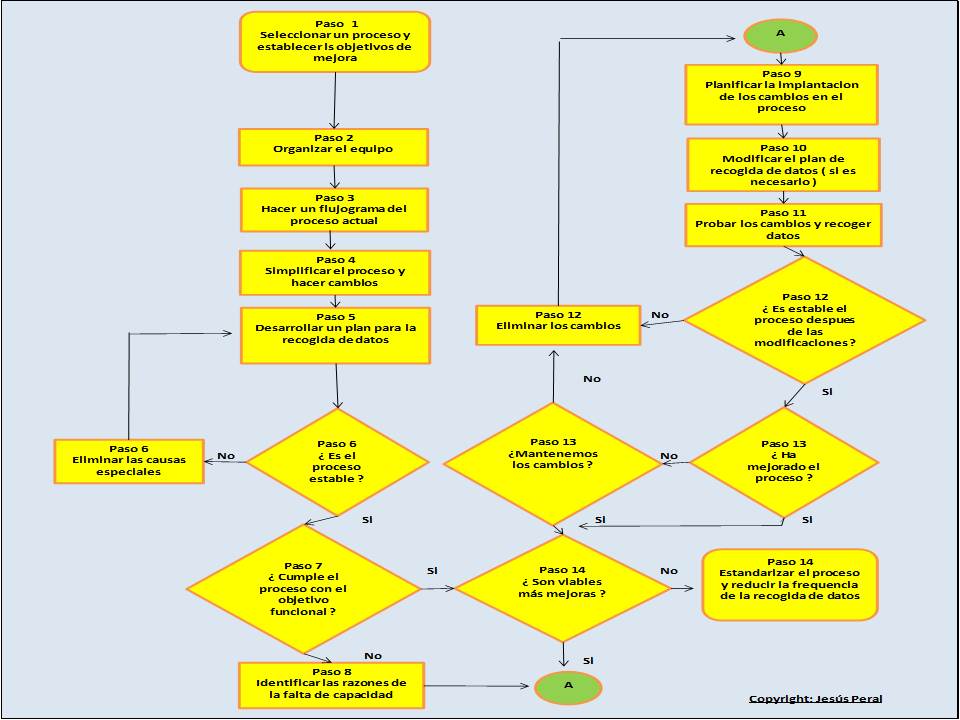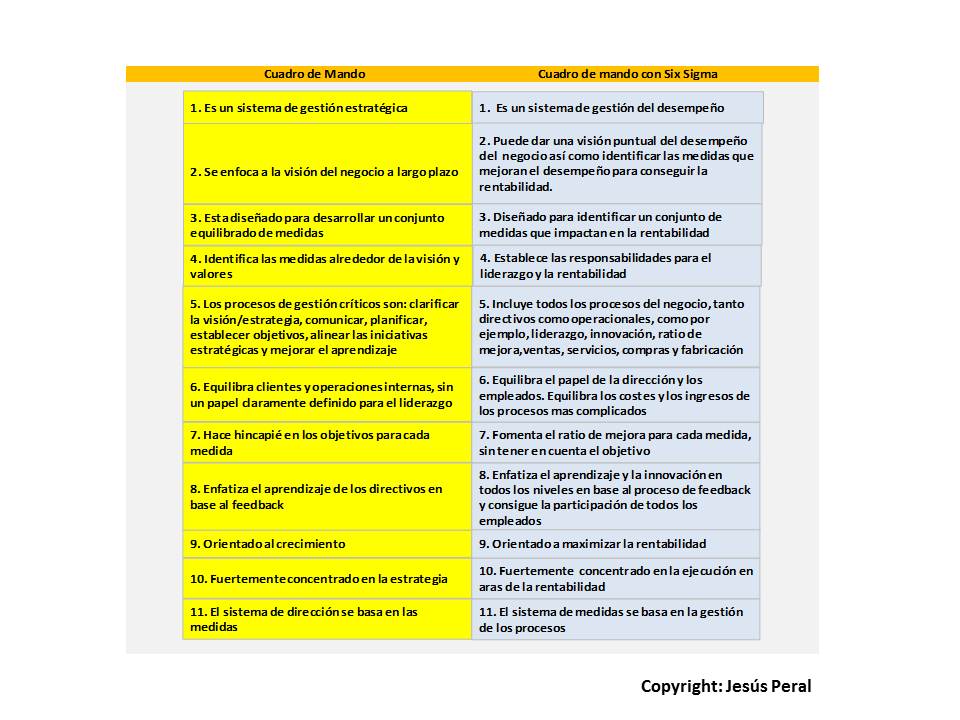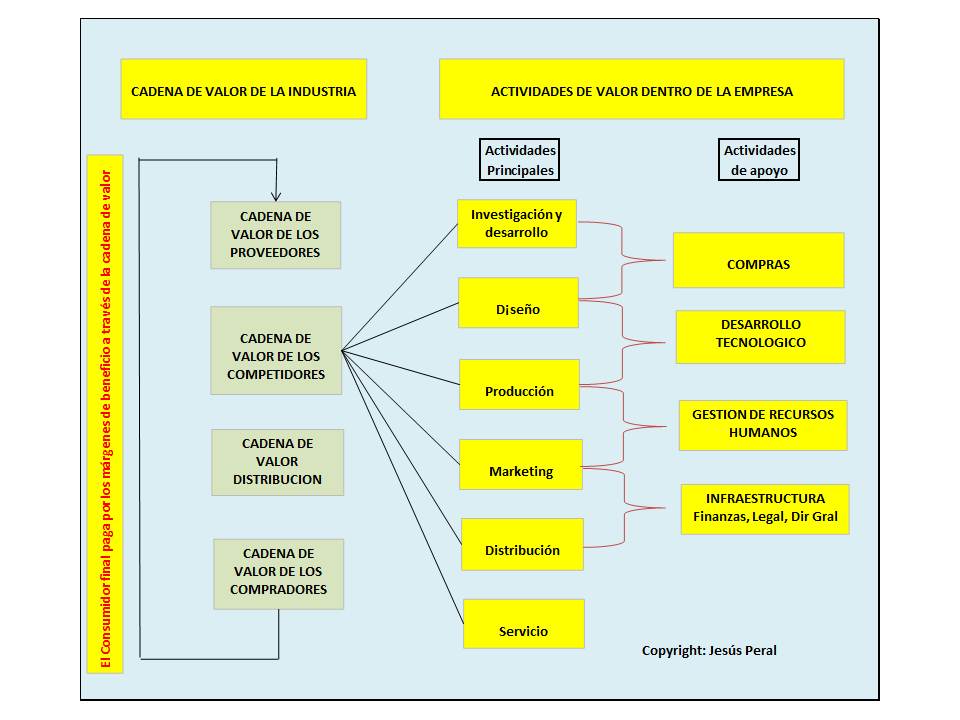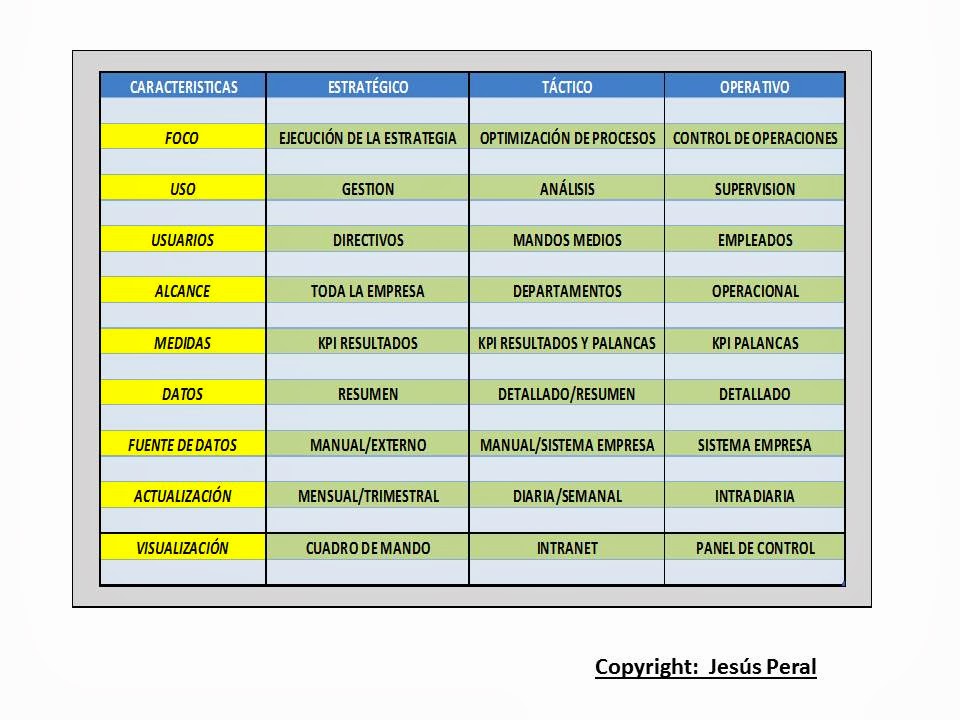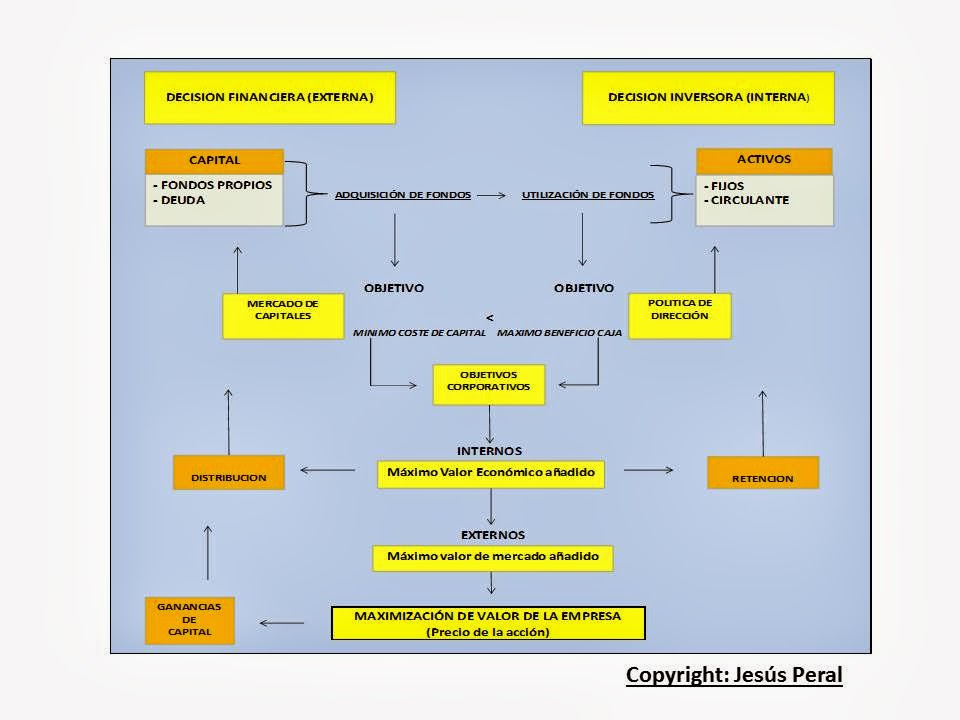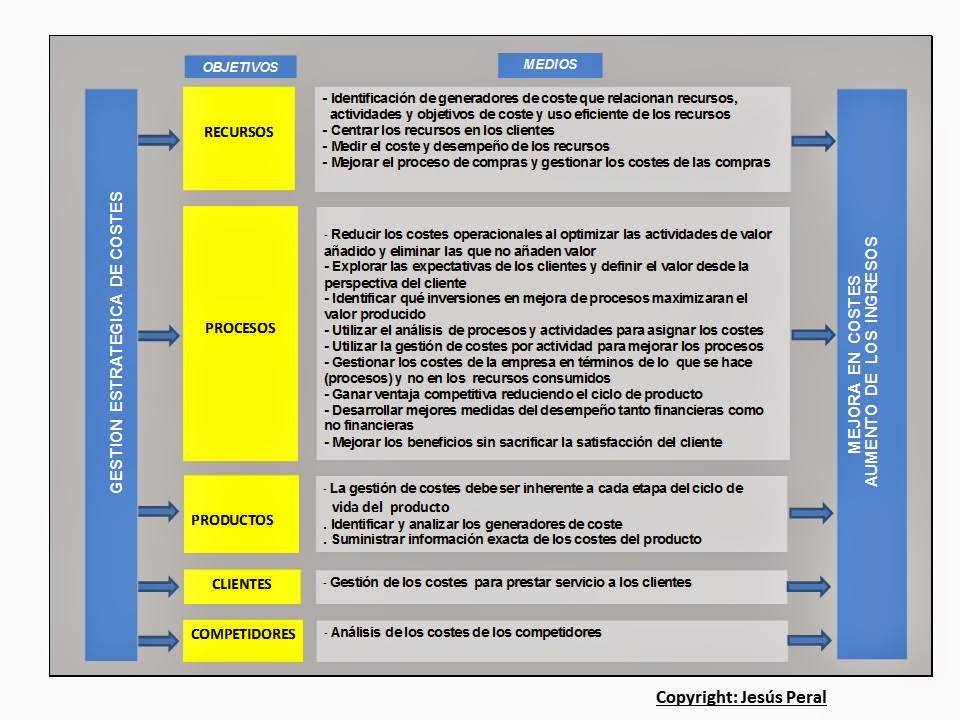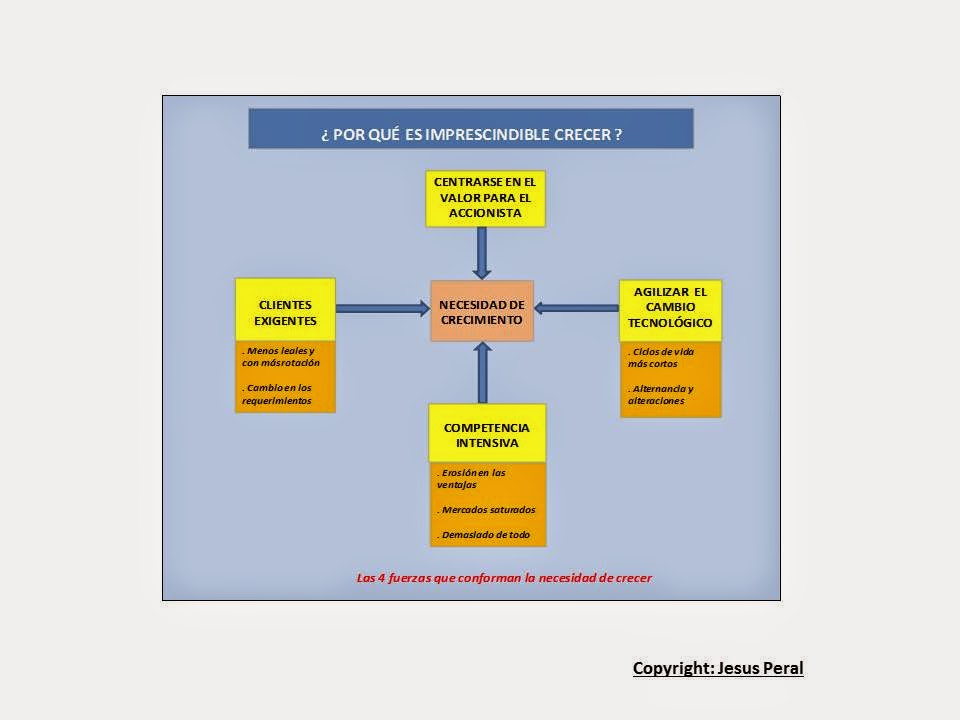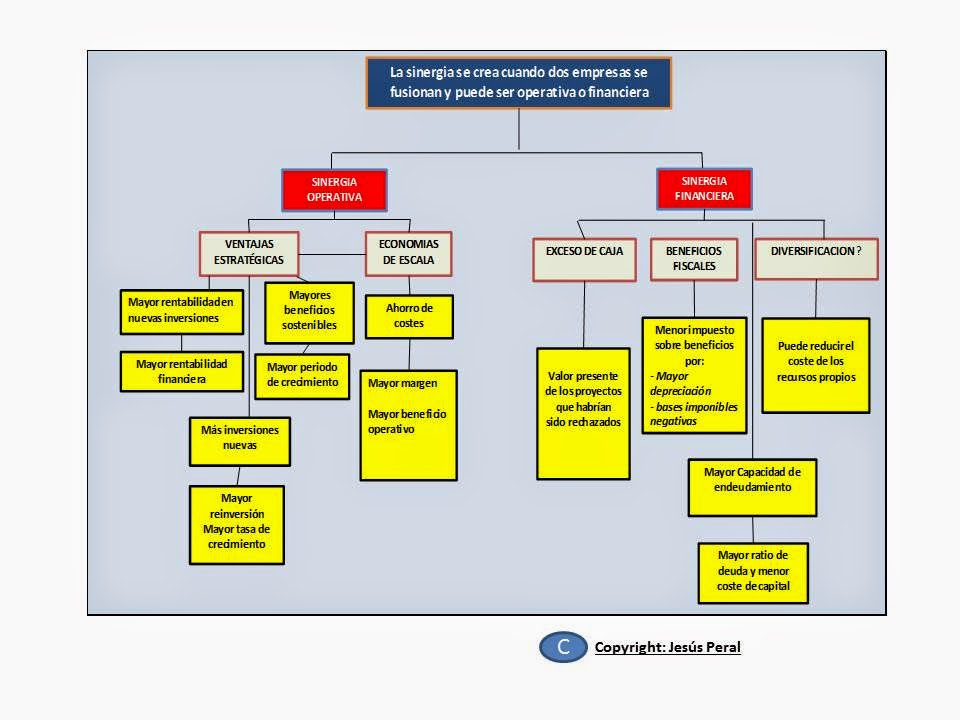In this post I
would like to comment about leaders and leadership sharing my experience in one
of the companies I have worked for based on the analysis of what happened and
how the local CEO faced the situation.
In the year 2001
my company was involved in the launch of a new product. The worldwide marketing
plan required a huge investment in trade and consumer marketing. The Senior
Management team had great expectations in terms of volumes and profits. The
competitive landscape was very difficult. All the teams were aligned to achieve
a common goal. The finance department was ready to support sales and marketing
efforts by managing credit limits, inventory levels and working capital
investment.
The sales and
distribution plans were very aggressive in terms of placement reaching new
channels never used before. Financial projections were created assuming
different scenarios but in all of them the expected results showed good margins
and profitability.
3 months after
the launch the results were really disappointed. The sales graphs did not show
the expected sales levels with a dramatic downturn in different countries and
also on a by customer basis. The local CEO and the international management
team were really concerned.
The above situation
could be familiar for a lot of the readers of this post. The main difference
probably derives from the reaction and behaviour of the local CEO to cope with
this situation.
The local CEO
reacted very quickly to the downturn in sales. His reaction not only was a
reaction of responsibility but also very sensible. Instead of adopting a
defensive attitude, he accepted the reality.
One of the main
elements of his success was his capacity to communicate with the marketing team
as they felt it was their failure. An executive of lower level could have
blamed and get away from the problem. But he understood their reaction and
communicated with them very openly.
So what is the
key message from this? It is fundamental to integrate all departments in a team
effort to get the best possible result. The local CEO was able to assume the
responsibility and take advantage of the potential errors. He faced the facts
as they were using his emotional intelligence. He was very talented to get the
best out of his team, helping them to develop and improve. His sincere interest
in the others led to create a real sense of loyalty. He fostered a sense of
sincerity encouraging all the employees to be open and honest with him. You
could discuss with him and tell him you were not in agreement. He did not like
cowards. He was especially sensible in assigning the right member of his team
to the particular projects. The learning here is, the leader, ultimately, has
the responsibility about what to delegate and to whom because if you choose the
right person, at the end of the day, it is likely you will succeed. This also
shows us the importance of the management of emotions in the leadership to be
closer to the success when taking decisions. The emotional intelligence helped
the local CEO to find the solution to the failure.
So what he did?
Firstly, he assumed the error as his thing and did not blame his team but he
considered them as part of the solution. He transformed the emotions into a
source of information. The decisions
need to incorporate emotions to be real. The good decisions take into
consideration the emotions as a sign of respect for the people. The affective
results end very close to the effective result. I think, nowadays,
effectiveness depends more and more on the affection.
The emotions do
not happen by chance, they follow a logical order that activates and deactivate
them. They exist, we just need to find and organize them when needed. Obviously
this requires some kind of effort. The idea here is to identify the emotions
first, then understand them and finally channel them to the action.
In my opinion
the leader of the 21st Century is no longer isolated in concrete
areas as now he/she has to intervene in all the processes and is the
cornerstone of the example of attitude, as he/she decides and acts, creates
values and expectations. It is really the reflection of the change in the
organizations.
The effort of
the leader consists of understanding how to coordinate the company value in two
directions: value creation for the shareholder and added value to the
organization through strong policies of internal and external quality able to
create quality of life. The increase of productivity is linked to the
innovation in the ways of managing and leading the organization. New ways
associated to the talent, involved in the creativity, understanding technology
as a way for progress and continuous improvement. This task to link with the
future has to be managed, from inside, by the leader with the expectation to
overcome critical situations.
Lead the
organization in the 21st Century means to manage successfully the
competitiveness, trust, quality, culture, knowledge, behaviour, compromise and
change.
The importance
of the leader lies in the security of his/her behaviours. The 21st
Century requires leaders emotionally stable. The
leader needs to create the culture of
the team, the culture of the organization, without overshadowing the
capacity of each person in the common effort.
It is necessary
to foster the direct leadership that impact in the knowledge of each member
supporting the leader. This leadership requires compromise with the team, led
and managed by the leader so he can inspire, motivate, listen, demand and
analyse the decisions in depth, encourage the achievement of goals and
cooperate in the development of his/her teams. For all of these it is required
a great capacity of communication and adaptation.
The competitive
advantage of the emotional leadership is the individualised treatment of the
talents and the global knowledge of the activity. You cannot retain a talent if
you don’t know the determinants and circumstances around the work. Only this
way you can recognise the effort and the employee can be aware of it.
The emotional leader follows his/her people. He does
not expect people follow him/her. He/she engages
them giving example of coherence. Join the efforts to achieve a common goal and
avoid using “we” and “they”. He ensures every employee feels passion for
his/her work and for the company they work for.
You might get
several learnings from the above. For example, the team is beyond its members.
The responsibility has to be shared by all. We need leaders in all the teams
and leaders that can train others leaders, and the most important, to teach
then to understand none of us is worth more than the sum of all.

